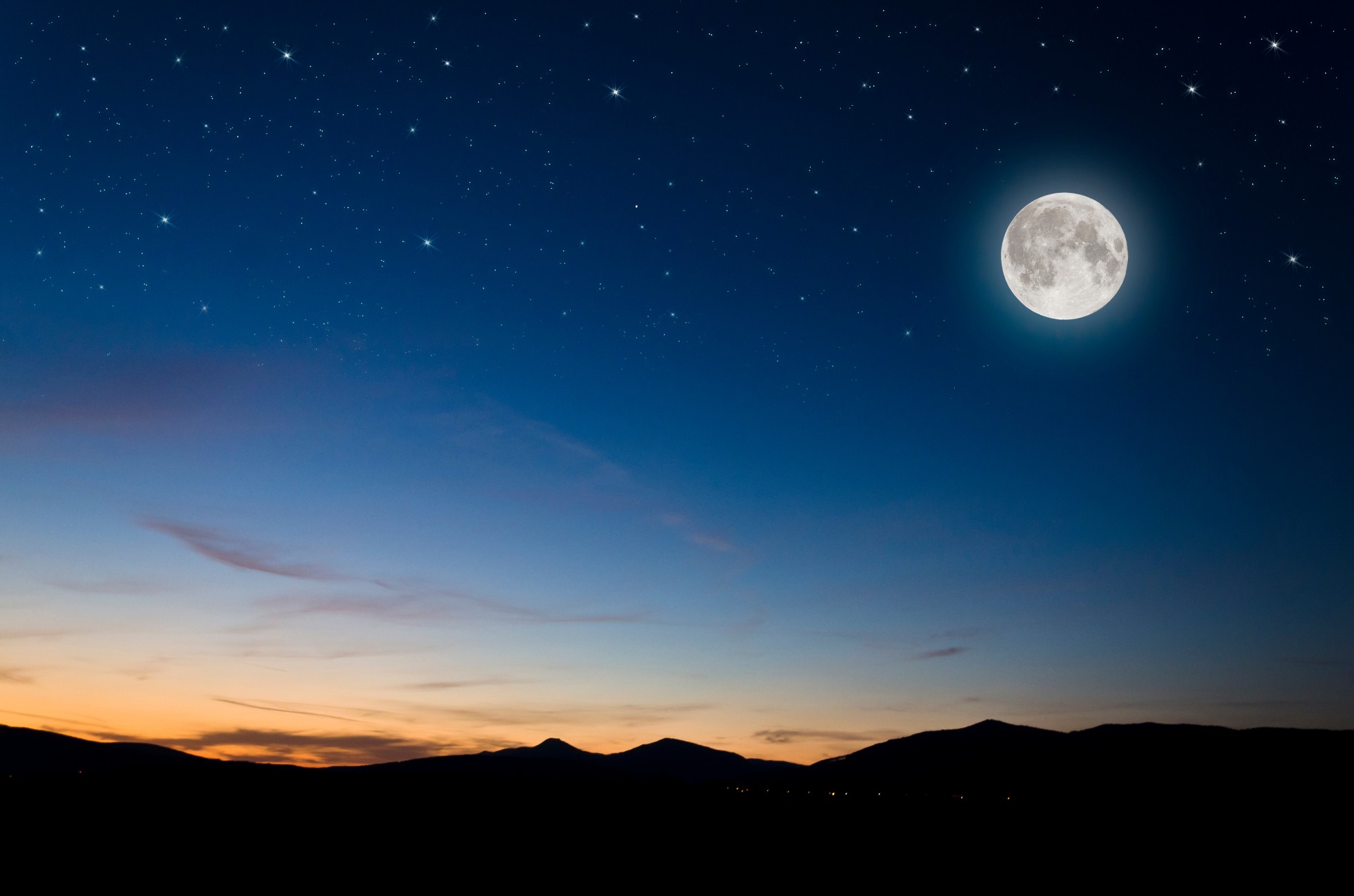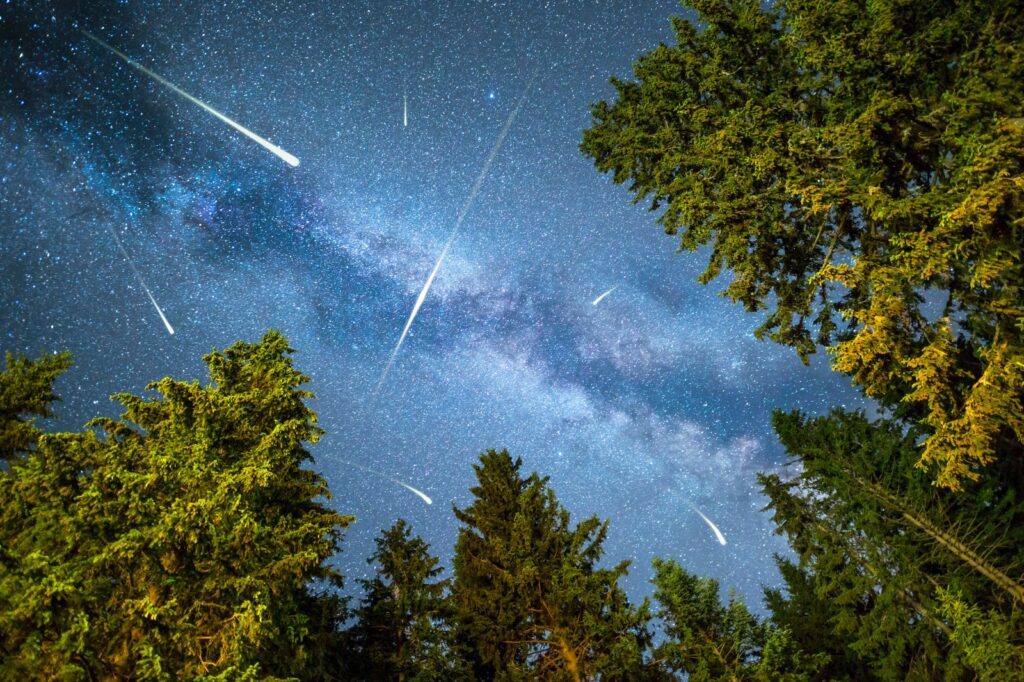
Heavy Rain, Flooding, and Chance of Severe Weather Staring Down the Southern U.S.
January 22, 2024
Posted: December 3, 2022 9:38 am





December is here, offering the longest nights of the year and plenty of chances to get outside and check out the night skies. The December astronomical calendar is packed with a number of events including a highly active meteor shower and the opportunity to see Mars glowing brightly. Here are the dates to mark on your calendar if you want to see some of the most anticipated astronomy events of the year.
The last full moon of 2022 will appear in the night sky on Wednesday, December 7. Known by many as the Cold Moon, it gets its name from the cold Arctic air that typically rushes in across the continent during this time of the year. Other fun nicknames for this moon include the Hoar Frost Moon, the Snow Moon, and the Winter Maker Moon.
You will find the Cold Moon shining in close proximity to Mars throughout the night. The pair will hover above the Orion constellation in the eastern sky.
Mars will reach its peak brightness just one night later. It was October of 2020 the last time that the planet was at this level of brightness. This will happen when the Red Planet reaches opposition, appearing exactly opposite of the sun from Earth’s perspective. Because it is positioned away from the sun, it will appear brighter than normal. This brightness makes it easier to find with the naked eye.
The planet reaches opposition once every 26 months with the next time this happens not on tap until 2025. You will find Mars by looking for its distinctive orange hue, a contrast to other planets that look whiter.
While the exact date of Mars’ opposition is December 8, you will be able to locate the planet at any time over the next few weeks. The only things that you will need are your eyes and clear skies.

A few days later, be sure to bundle up and head out to look for the Geminid meteor shower. This cascade of shooting stars is set to make an appearance on the night of December 13 and into the early hours of December 14. The Geminids are distinguished as being the most active meteor shower throughout the year. You can expect to see over 100 meteors per hour on the peak night. However, astronomy experts are warning that this year’s hourly rates may be less because of the brightness of the moon.
The peak of the activity on this night will happen at around 2 am local time. That said, you will likely be able to see the shooting stars streak across the sky throughout the night provided you have cloud-free conditions.
The December solstice is the kickoff to the official start of astronomical winter across the Northern Hemisphere. Conversely, the date also marks the start of summer in the Southern Hemisphere. Note that this date is different from the official start of the meteorological winter on December 1.
The solstice happens on December 21 at 4:48 pm ET. From this point forward, the days in the Northern Hemisphere will slowly grow longer while the nights get shorter. This trajectory reverses on the summer solstice on June 21. As such, the winter solstice is considered to be the longest of the year.
The last meteor shower of the year will also strike on the longest night of the year. The Ursid meteor shower will peak on the night of December 21 and into the morning of December 22. According to the American Meteor Society (AMS), you can expect to glimpse about 10 meteors per shower when watching the Ursids light up the sky.
Stargazers will find the Ursids appearing to shoot out in the greatest concentration from the constellation known as the Little Dipper. However, you cannot rule out the Ursids appearing at any spot in the sky.
Did you find this content useful? Feel free to bookmark or to post to your timeline for reference later.

January 21, 2024

January 19, 2024

January 18, 2024